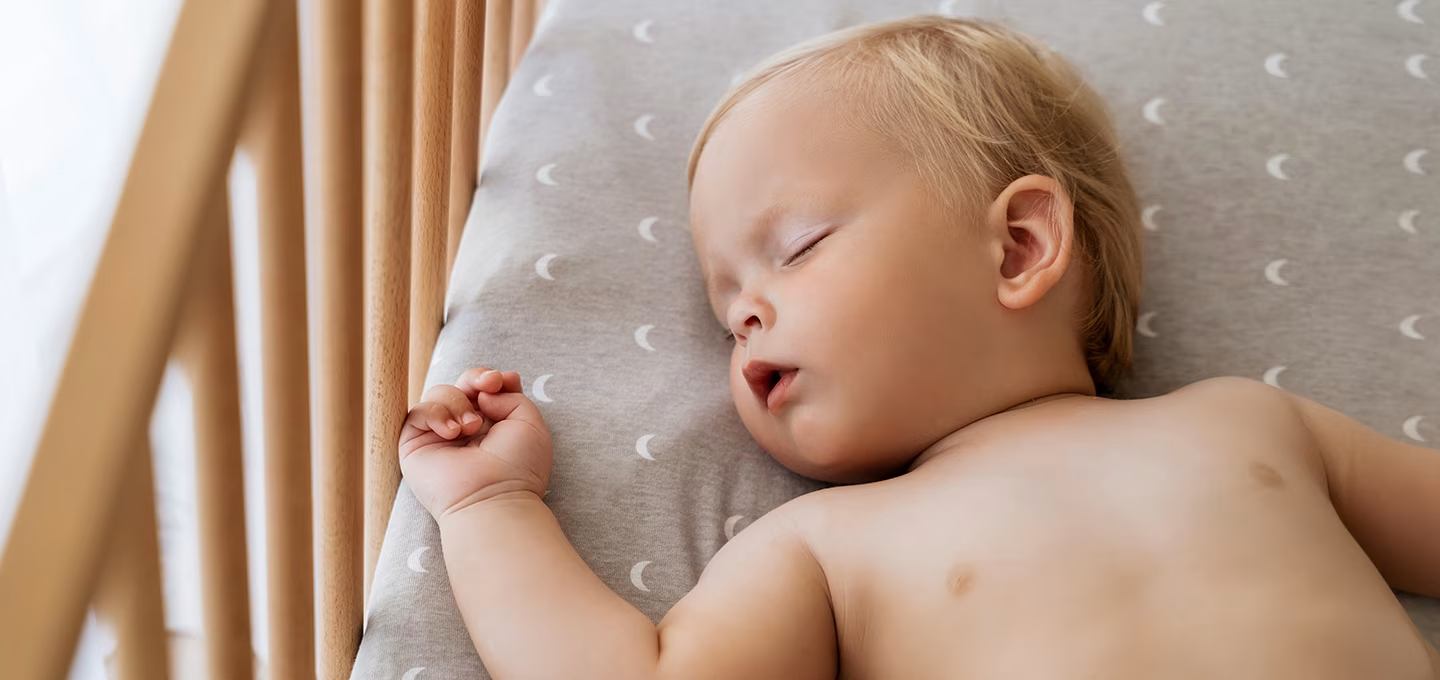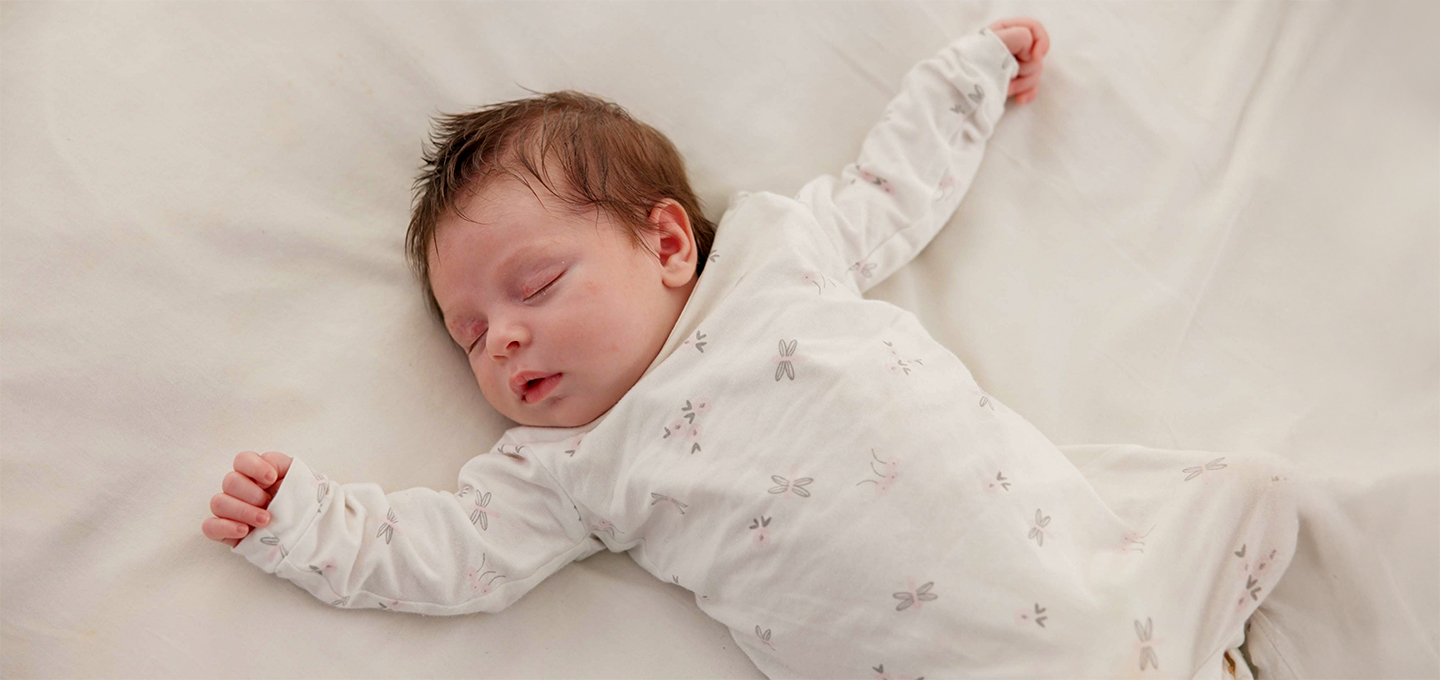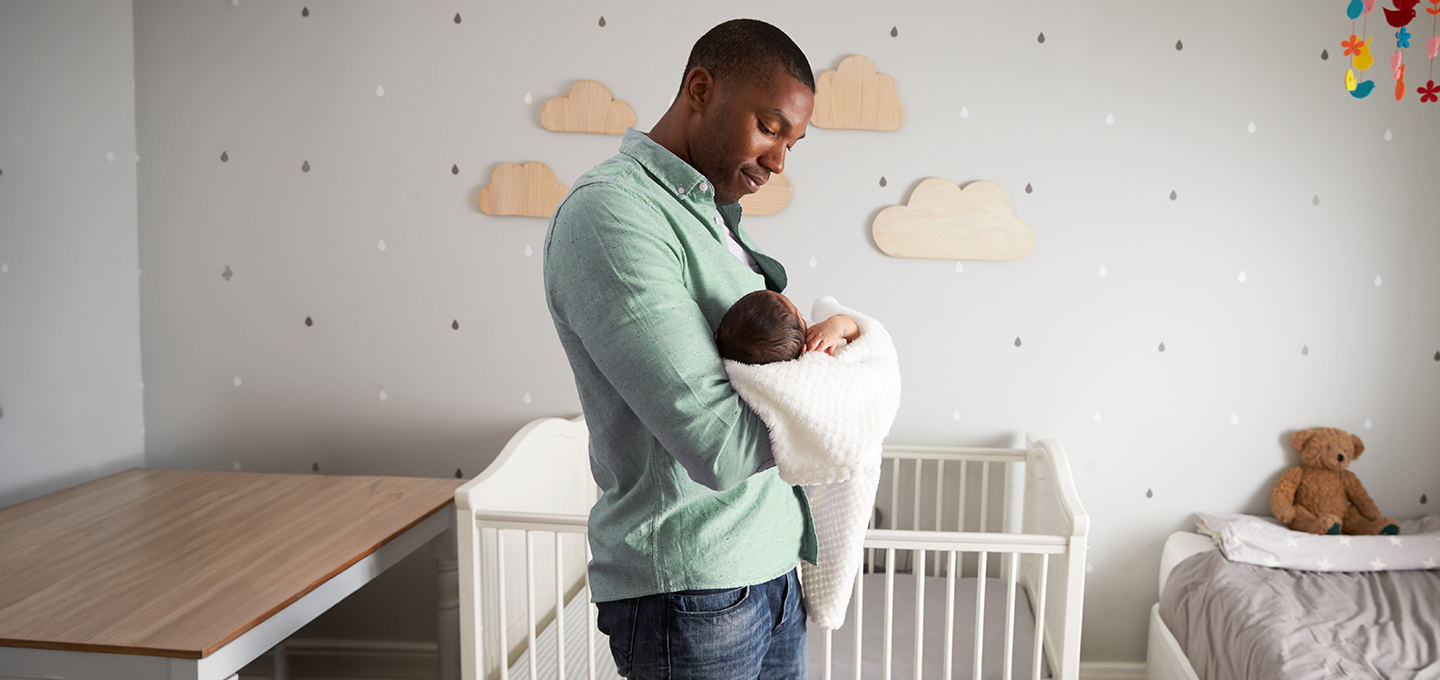
Using White Noise for Babies


White noise for babies has become a popular tool among parents seeking better sleep solutions for their little ones. Research shows that up to 80% of newborns may fall asleep faster when exposed to white noise, which helps mask disruptive household or environmental sounds. It can be especially useful in homes with multiple children or noisy surroundings. However, there are important considerations to keep in mind:
Pros:
Cons:
To use white noise safely for your baby, keep machines at least 7 feet away from the crib and below 50 decibels. In the next section, we’ll explore how white noise works, safety tips, and when it might be right or wrong for your baby.
What Is White Noise for Babies?
White noise for babies, also referred to as infant white noise or white noise for newborns, is a consistent, unvarying sound that contains equal intensity across all audible frequencies. This type of sound helps mask background noises, creating a calming auditory environment. A classic example is the static sound you hear when tuning a radio between stations.
White noise can be produced by machines or apps, or by everyday household items like fans, air conditioners, or even the hum of a vacuum cleaner. Some devices offer a variety of white noise options, including nature sounds like rainfall, ocean waves, or gentle wind.
Many parents use white noise to soothe their babies (or themselves), especially during sleep times. This is because white noise mimics the ambient sounds of the womb, which can help calm fussy newborns and promote longer, more restful sleep.
Check out some examples of white noise for babies below:
What’s the Difference Between Pink and White Noise?
While white noise includes all audible frequencies at equal intensity, pink noise distributes sound energy more evenly across octaves, which means lower frequencies are more pronounced. This creates a deeper, gentler sound, similar to a steady rainfall or rustling leaves.
Research suggests that pink noise may actually be more effective than white noise in improving sleep quality for some people, including infants, because it's less harsh and more soothing to the ear over time.
These ocean waves below are an example of pink noise:
Can Shushing be Considered White Noise?
Shushing—making a continuous “shhh” sound—is often used by parents to calm crying babies, especially newborns. While not technically white noise, shushing acts similarly by providing a steady, repetitive sound that mimics the in-utero experience. This is why it’s one of the key components of the “5 S’s” soothing method (Swaddling, Side/Stomach position, Shushing, Swinging, and Sucking).
Shushing is particularly effective because it closely resembles the whooshing sound of blood flow in the womb. Though it’s more variable than electronically generated white noise, its calming effect serves the same purpose: to soothe and settle a baby by blocking out more jarring external noises.
Does White Noise Help Babies Sleep?
Many parents use white noise to help their babies fall asleep and stay asleep. So, how does white noise work? White noise for infant sleep works by creating a calming atmosphere that helps babies drift off to sleep and blocks out other sounds that may disturb them. This is especially useful for babies who are sensitive to changes in their environment or easily startled by sudden noises. You may also decide to play soft music, such as a soothing lullaby to help your baby sleep, instead of white noise.
Common questions include “Why do babies like white noise?” and “Why is white noise soothing?” It turns out that white noise may block out environmental sounds that may interfere with sleep; some studies also suggest that white noise can mimic the familiar sounds from inside the uterus, such as the mother’s heartbeat or the amniotic fluid waves, and can provide a sense of comfort for babies.
Benefits of White Noise for Babies
White noise may offer some benefits and advantages for babies that could help them relax and fall asleep, including the following:
Keep in mind that each baby’s response to white noise can be different. Always pay close attention to your baby's reactions and adjust the volume and timing as necessary for optimal sleep and comfort.
When to Start Using White Noise for a Baby
If you’re considering trying white noise for a fussy baby, it’s important to prioritize responding to their needs first, such as checking if they’re hungry, unwell, or need a diaper change. Once their immediate needs are addressed, if you’re still having difficulty soothing them, you can explore other methods, such as using white noise.
Remember, it’s normal for newborns and babies to cry or wake frequently. As they get older, they may gradually start sleeping for longer periods.
Using white noise for your newborn, baby, or toddler doesn’t have to happen at a particular age. Check that your little one’s immediate needs are met first, giving your newborn time to adjust to their new environment and establish a sleep schedule. Then you may wish to incorporate white noise sounds into your baby’s soothing bedtime routine.
Tip
Finding the perfect sleep routine for you and your little one can feel a bit overwhelming, but you’re not alone in this journey! The Smart Sleep Coach is here to support you every step of the way. Our friendly experts will help you understand your baby’s unique sleep patterns and figure out the best times for naptime and bedtime. Plus, our consultants aren’t just sleep experts; they’re also parents who have been through similar experiences. We’re excited to help you and your baby become the ultimate dream team for sweet, restful nights!
How Loud Should White Noise Be for a Baby?
It’s important to keep the volume of white noise for babies at a safe, low level. So, what are safe decibel levels for infants when using white noise? According to experts, 45 decibels is the maximum recommended noise level for babies. Be sure to keep noise sources like sound machines, music, TV, and household appliances at this level or lower, and at a safe distance from your baby.
Noise above 70 decibels may damage hearing over a prolonged period, and all babies, especially newborns, are very sensitive to noise levels. If an environment is too loud for an adult, it may seem even louder to a baby or child.
When using a white noise sound machine, keep the decibel level low (about 45 decibels max), place the machine far away from your baby’s head, and turn it off once your little one has fallen asleep or calmed down.
For some context on volume levels, here are a few average estimates:
When to Stop Using White Noise for a Baby
There is no set age or guideline for when to stop using white noise for babies. Some parents continue to use it until their child outgrows the need for help falling asleep, while others use it throughout early childhood. As long as the volume is kept at a safe level and it’s helping the baby sleep, there is generally no harm in using white noise for an extended period.
Is White Noise Bad for Babies?
Many parents wonder if white noise and sound machines that produce white noise are bad for babies. There’s currently no evidence that suggests white noise at low levels is harmful to babies. However, it’s important to use caution and keep the volume at a low, safe level, and make sure the noise source stays at a distance from your baby’s head.
Potential Drawbacks of Using White Noise for Babies
Like every other tool, white noise comes with its own set of potential drawbacks. It’s crucial to be aware of these and use any white noise machines judiciously to ensure the safety and well-being of your baby.
It's essential to use infant white noise responsibly and monitor your baby's reactions closely. If you notice any potential negative effects or your little one doesn’t like it, consider reducing the volume or trying other methods to promote peaceful and safe sleep for your baby.
FAQS AT A GLANCE
Using white noise for babies is generally thought to be safe and may be beneficial, as long as the sound is kept at a low volume level and isn’t placed too close to your baby’s head. White noise can help babies to fall asleep and stay asleep.
The Bottom Line
White noise for babies may be a helpful tool to help encourage them to sleep soundly and peacefully. It could mimic the familiar sounds your baby heard in the uterus, or some other ambient sound, to create a soothing environment that can block out disruptive noises.
Always use caution and keep the volume at a safe level when using white noise for babies to avoid any potential drawbacks. Remember to consult with your child’s healthcare provider for personalized advice and guidance on using white noise for your newborn or older baby.
So go ahead and give it a try if you think it might benefit your baby's sleep routine! And if you haven’t already, download the Pampers Rewards app to earn rewards on all your Pampers purchases.
- American Academy of Pediatrics, Caring for Your Baby and Young Child: Birth to Age 5, 7th ed. (New York: Bantam Books, 2019).
- Mayo Clinic. Guide to Your Baby’s First Years, 2nd ed. (Rochester, MN: Mayo Clinic Press, 2020).
- Mindell, Jodi A. Sleeping Through the Night: How Infants, Toddlers, and Their Parents Can Get a Good Night's Sleep, revised ed. (New York: Harper Resource, 2005).
- Cleveland Clinic. “Can Pink Noise Help You Sleep?”
- Healthy Children. “AAP Sounds Alarm on Excessive Noise Risks to Children.”
- Healthy Children. “How Noise Affects Your Child.”
- Kids Health. “How Can I Soothe My Baby During Shots?”
- Mayo Clinic. “Helping Baby Sleep Through the Night.”
- Mayo Clinic. “Tinnitus.”
- NCBI. “A Comparative Analysis of the Universal Elements of Music and the Fetal Environment.”
- NCBI. “Influences of Background Noise on Infants and Children.”
- NCBI. “Sound Reduction Management in the Neonatal Intensive Care Unit for Preterm or Very Low Birth Weight Infants.”
- NCBI. “White Noise and Sleep Induction.”
- Sleep Foundation. “Can Pink Noise Help You Sleep?”





